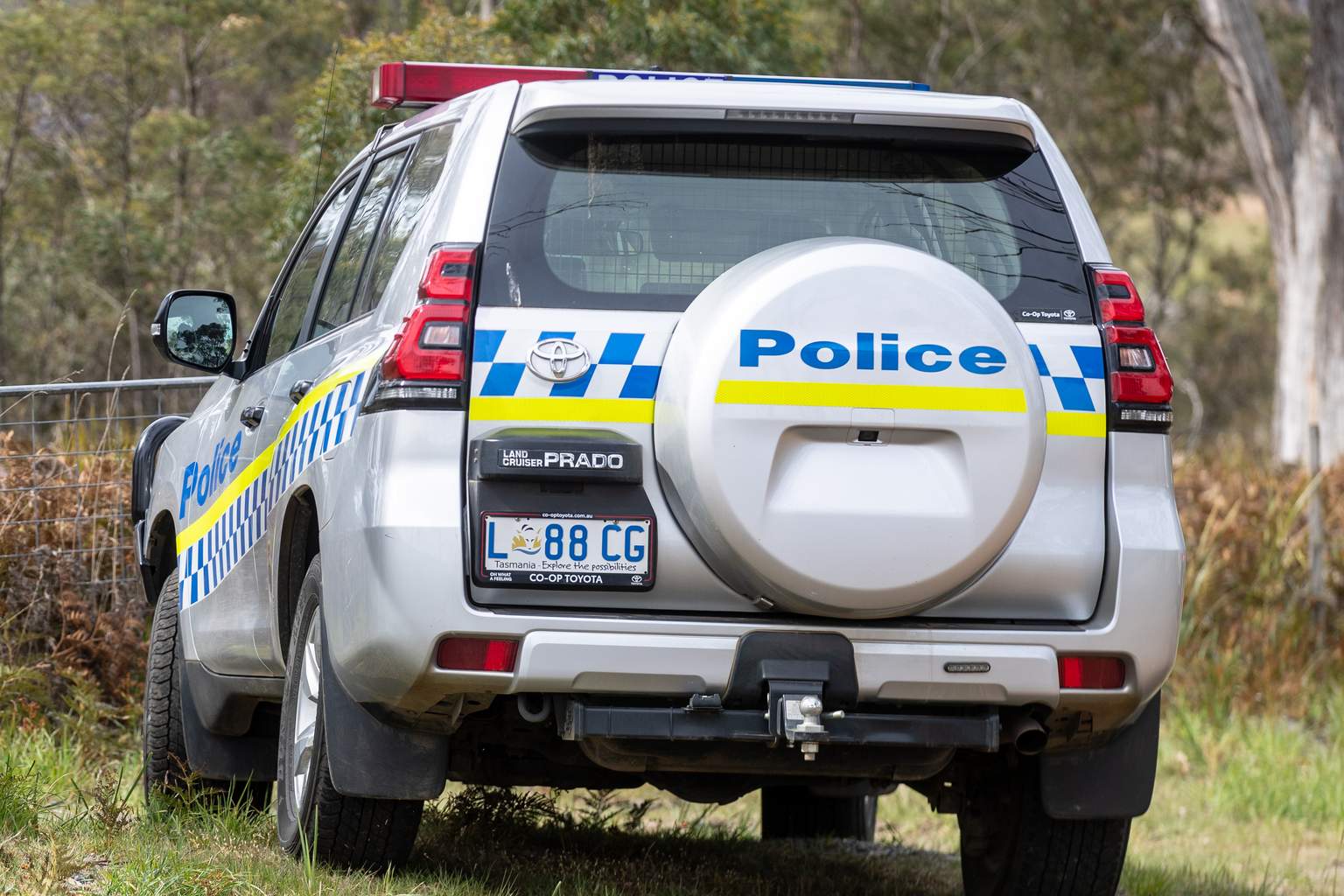Mobile speed cameras are spending less time on the state’s roads and being moved around more often in a game of cat and mouse that is hoped to reduce the risk of vandalism.
Recent late-night arson attacks have left multiple camera trailers blackened and burnt out, prompting the state government to rethink where, when and for how long they are deployed.
Pulse can reveal that in May this year, the cameras spent a combined total of close to 1,800 enforcement hours on the roads issuing fines, around 500 hours less than the same month the previous year.
Deployments rose, however, from more than 300 in May 2023 to over 500 this year as the cameras were shifted around during the day and stored overnight to “minimise potential vandalism risk”.

The Department of State Growth says a review of camera operations is underway to ensure they continue to reduce the likelihood of injuries and crashes as effectively as possible.
“This review is ongoing and in the interim, the department has focused on more frequent deployments but for shorter periods, allowing more parts of the road network to be monitored,” a spokesperson told Pulse.

“Mobile speed camera operations include a range of camera units including highly visible trailers and more covert unmarked vehicles.”
Despite the reduction in enforcement hours, more than 3,900 speeding offences were detected across both months.
The Department says both “new and existing equipment” has been brought in to supplement the damaged cameras.
As of April, there were 16 mobile speed cameras, some that feature mobile phone and seatbelt detection capabilities, located across Tasmania that had collectively raked in $10 million in fines since being launched.
The next major change to how fines are issued is expected to come when ‘average speed’ point-to-point cameras are introduced in the near future.







